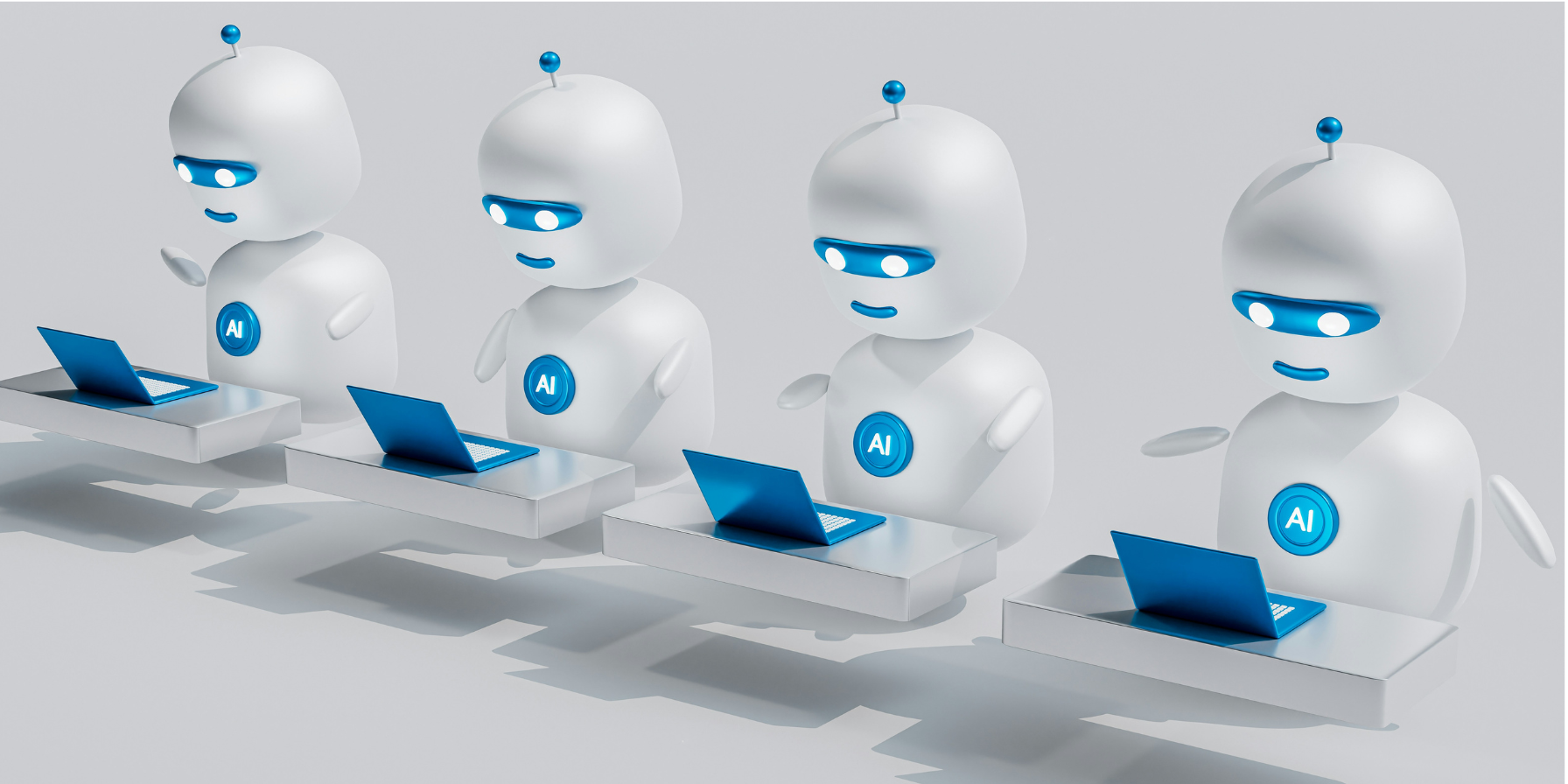The AI agent revolution happened while you weren't looking.
I'm not talking about another chatbot upgrade or productivity tool launch. I'm talking about something more fundamental: AI agents from different companies started talking to each other.
The Linux Foundation just announced the Agent2Agent project with backing from Amazon, Google, Microsoft, Salesforce, and over 100 other companies. This protocol lets AI agents collaborate across platforms seamlessly.
Think about what that means.
Your Salesforce AI can now coordinate with your Microsoft AI to handle complex workflows that span multiple systems. No more data silos. No more manual handoffs between platforms.
The Enterprise Adoption Wave
The numbers tell the real story. Nearly half of enterprises are already deploying agentic solutions, with another third actively exploring them.
The market reflects this urgency. AI agent valuation jumped from $5.4 billion in 2024 to projected $47.1 billion by 2030.
But here's what the numbers don't capture: the quality of implementation matters more than speed of adoption.
Companies rushing to deploy AI agents without proper interoperability frameworks are building expensive digital islands. The smart money is going toward solutions that play well with existing systems.
Why Interoperability Changes Everything
I've watched enterprise software adoption cycles for years. The pattern is always the same: early tools solve point problems, then integration becomes the bottleneck.
AI agents hit that bottleneck faster than expected.
A customer service agent that can't access inventory data is just an expensive chatbot. A scheduling assistant that can't coordinate with project management tools creates more work than it saves.
The Agent2Agent protocol solves this by creating a common language for AI systems. Agents can now share context, delegate tasks, and coordinate responses across different platforms.
The Human Element
The most interesting part isn't the technology. It's how humans are adapting to work alongside these systems.
Gartner predicts that 33% of enterprise software will include agentic AI by 2028, up from less than 1% today. That means 15% of daily work decisions will happen autonomously.
The question becomes: which 15%?
Smart organizations are using AI agents for routine coordination tasks while keeping humans focused on strategy, creativity, and relationship management. The goal is augmentation, not replacement.
I see this playing out in customer service teams where AI handles initial triage and data gathering, then seamlessly hands off to human agents with full context. The human gets to focus on problem-solving instead of information gathering.
What This Means for Your Organization
The interoperability breakthrough creates a new decision framework for AI adoption.
Instead of asking "What can this AI agent do?" the question becomes "How will this agent work with our existing systems?"
Organizations that prioritize integration over individual tool capabilities will build more resilient AI infrastructures. They'll avoid the expensive rework that comes from deploying isolated solutions.
The companies moving fastest are treating AI agent adoption as a systems integration challenge, not a point solution purchase.
The Bigger Picture
We're witnessing the early stages of a fundamental shift in how work gets organized.
AI agents that can collaborate across platforms will handle increasingly complex workflows. Humans will move toward oversight, creative problem-solving, and the kind of nuanced decision-making that requires emotional intelligence.
The organizations that thrive will be those that design these human-AI collaboration patterns intentionally, with clear boundaries and complementary strengths.
The technology is ready. The question is whether we're ready to rethink how work gets done.



